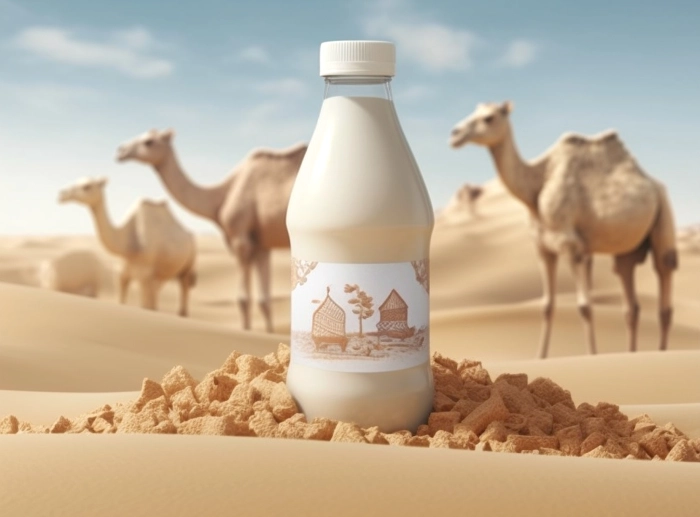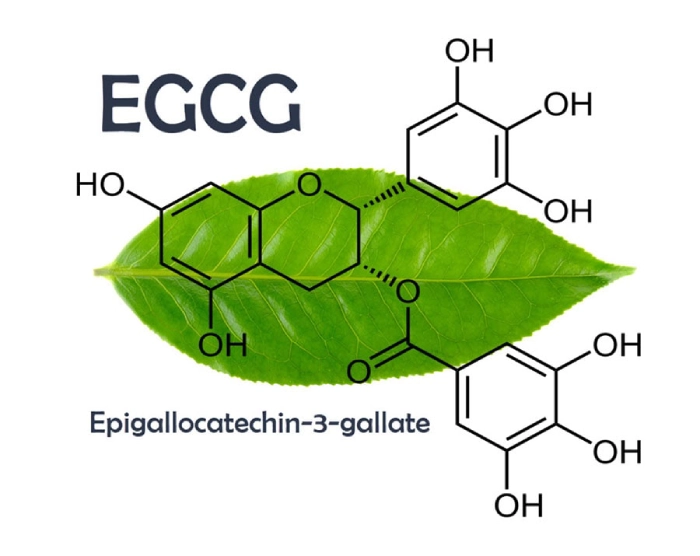Camel Milk and Its Bioactive Peptides
New research from Edith Cowan University (ECU) has revealed that camel milk contains a higher concentration of bioactive peptides compared to cow’s milk. Published in Food Chemistry, the study highlights the potential benefits of camel milk, which could make it a more suitable and beneficial alternative to cow’s milk for certain individuals.
Ph.D. student Manujaya Jayamanna Mohittige explained that camel milk’s bioactive peptides might offer antimicrobial and anti-hypertensive properties, potentially fostering a healthier gut environment. These peptides can inhibit specific pathogens, contributing to overall health and lowering the risk of cardiovascular diseases.
The research also suggests that camel milk could be a safer choice for individuals allergic to bovine milk, particularly because it does not contain β-lactoglobulin, a major milk allergen found in cow’s milk. Additionally, camel milk has lower lactose levels compared to cow’s milk, making it a more suitable option for those who are lactose intolerant.
Nutritional Breakdown and Comparison
A detailed comparison between camel and cow’s milk shows notable differences in their nutritional composition. Cow’s milk typically consists of 85% to 87% water, with fat content ranging from 3.8% to 5.5%, protein from 2.9% to 3.5%, and lactose around 4.6%. In contrast, camel milk contains 87% to 90% water, with fat ranging from 1.2% to 4.5%, protein varying between 2.15% and 4.90%, and lactose between 3.5% and 4.5%.
The Rise in Camel Milk’s Popularity
While cow’s milk accounts for 81% of global milk production, camel milk still makes up a tiny fraction of the global market, around 0.4%. However, camel milk is gaining attention, especially in regions with semi-arid climates, such as Australia, where camel dairies have already been established. Camel milk’s production benefits from the hardiness of camels, which are better suited to challenging environmental conditions compared to traditional dairy cows. Despite the low yield per camel—typically about 5 liters per day compared to the 28 liters a dairy cow can produce—camel milk’s appeal is steadily growing.

Commentary by SuppBase columnist Alice Winters
Camel milk has often been overlooked in favor of more commonly consumed dairy, but its unique benefits, particularly the higher concentration of bioactive peptides, make it a noteworthy contender in the alternative dairy space. The potential antimicrobial and anti-hypertensive effects of camel milk’s peptides could open doors for functional foods targeting gut health and cardiovascular issues. This aligns with the increasing demand for functional and preventive health products in the market, appealing to consumers looking for natural health solutions.
Another standout feature of camel milk is its hypoallergenic properties. The absence of β-lactoglobulin and the lower lactose content position camel milk as an excellent alternative for those with cow’s milk allergies or lactose intolerance—conditions that affect millions worldwide. From a health and safety perspective, this could significantly boost its appeal, especially as consumers become more health-conscious and aware of food sensitivities.
However, while the nutritional profile of camel milk seems promising, there is still a need for further research to fully understand the potency and long-term effects of its bioactive peptides. The lower fat and protein content in camel milk may also affect its suitability for certain dietary needs, particularly for those looking for a richer source of these macronutrients.
From an environmental perspective, camel milk production offers distinct advantages, especially in regions where water scarcity and harsh climates make traditional dairy farming difficult. This could be an important factor in encouraging sustainable farming practices in areas like Australia, where the camel population is already established. The challenges in scaling production, however, must be acknowledged. With camels producing far less milk than cows, achieving large-scale commercial viability may require significant investment in infrastructure and breeding programs.
The market for camel milk remains niche, with limited availability and higher production costs compared to cow’s milk. As consumer interest grows, particularly among those seeking healthier, hypoallergenic alternatives, the camel milk industry could see a rise in demand. Yet, it will need to overcome the inherent challenges of scaling production and competing with more established dairy products.
Camel milk’s journey from niche to mainstream could be a long one, but with increasing consumer awareness of its health benefits and environmental advantages, it is definitely one to watch in the alternative dairy space.



